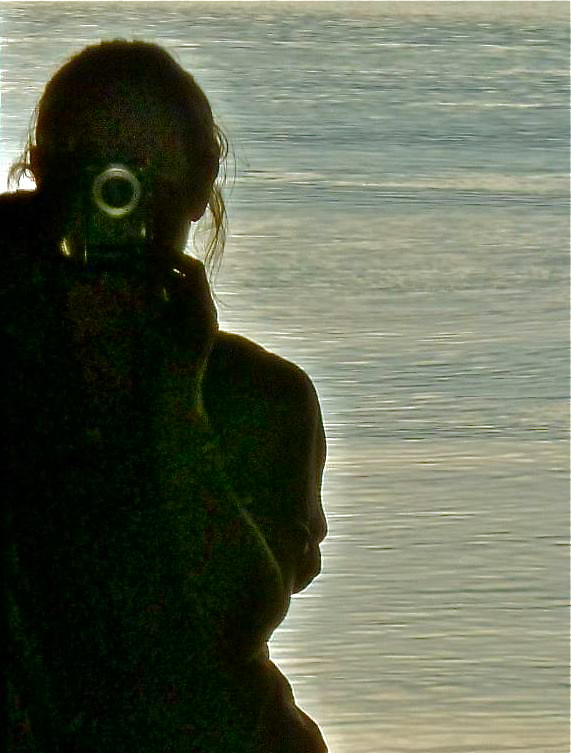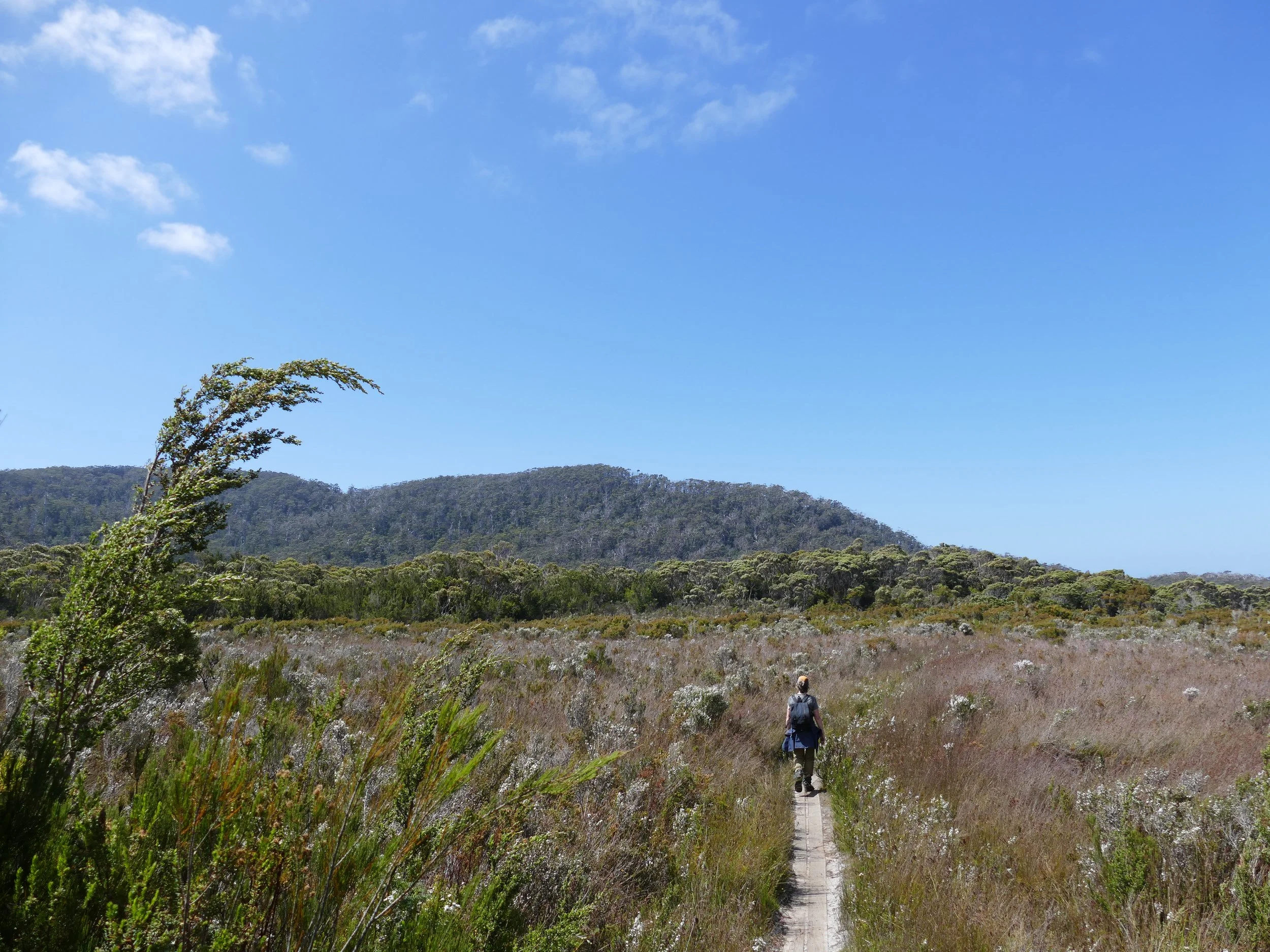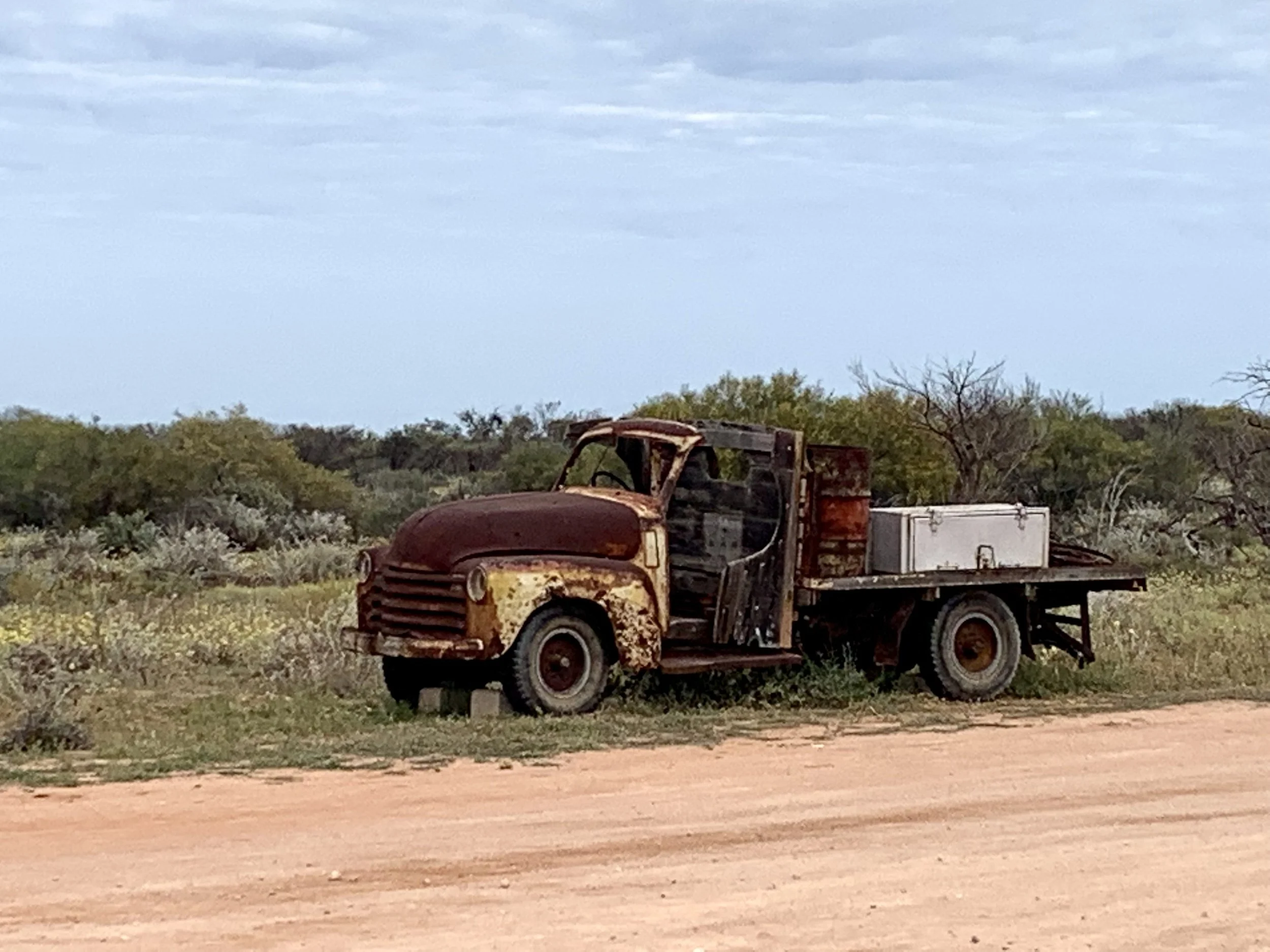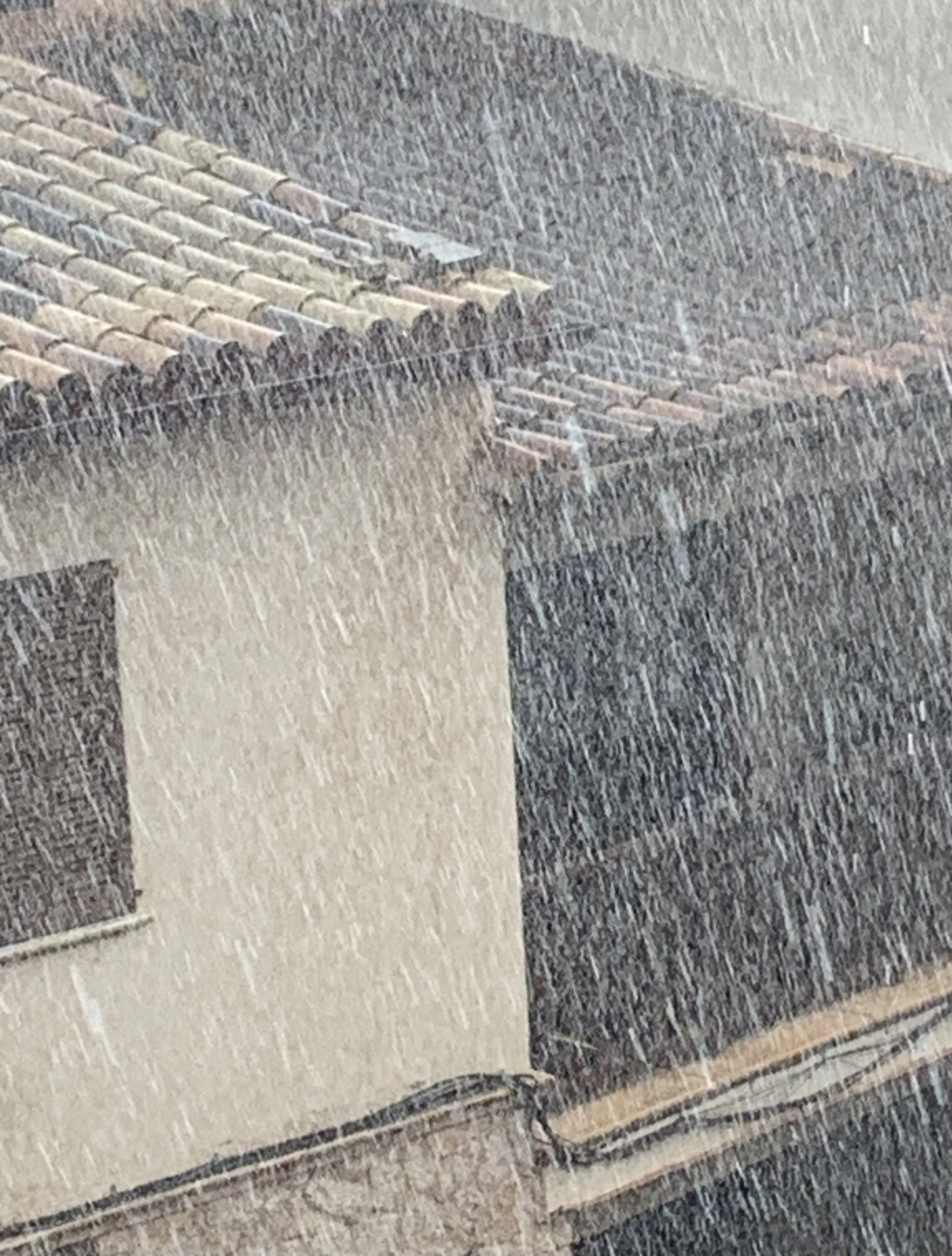If you had to choose...
It’s tupperware-lid weather; has been for days. We’re well into December, and today is oppressively overcast. Earlier there were at least some darker-grey patches to lend a bit of depth and drama to the sky; but now it’s Lid Level 4, maybe even a 5. And I am struggling, feeling weighed-down, listless, inclined to hibernate. I wonder if I’m a tad SAD (Seasonal affective disorder).
So I’ve been escaping for an hour or two, re-reading blogposts on Tasmania, in particular the remote southwest, which is the best bit of Tassie, and one of my favourite regions of Australia.
Much as I adored the warmth and sunshine of Queensland, and marvelled at the scale and remoteness of Western Australia, if I had to choose my favourite place – or die! – in the whole of Australia, perhaps to visit one last time in this little life, Tasmania might well be it. For one reason or another, Tassie was up there with the greatest escapes. The island’s weather is frequently iffy, and certainly unreliable, but setting out on a day’s hike in dreary ‘this-wasn’t-the-forecast!’ disappointment, then rejoicing an hour or so later beneath sun-bursting blue sky, helped make an excursion even more memorable.
Tasmania is 240 kilometres (150 miles) across the Bass Strait from mainland Aus, but it feels a lot further away; sometimes like a different country altogether. As is often the case wherever you are, you have to dig a little deeper off the beaten track to discover gems that hadn’t been identified during the planning. I’m dithering now because it’s hard to choose one winner among a few Tassie contenders. Recently, and randomly, I remembered in a flash one of the best Australian walks of our time, one that had somehow been well and truly buried until a memory trigger that I couldn’t, and still can’t, explain. I was sitting at home one afternoon when suddenly, and very clearly, I was on a narrow path through bush beneath a brilliant blue sky. I had to concentrate hard to pinpoint exactly where I was in that flashback — heading west along the South Coast Track across the remote wilderness within Tasmania’s Southwest National Park.
Illustrating travel writing is relatively easy if you take good photos as you go along. It would be a shame to write about Sydney, wouldn’t it, without at least one pic of the Harbour Bridge; although I’d be inclined to choose a less obvious angle rather than the obvious full-frontal span. Same with the city’s iconic Opera House, preferably viewed minus tourist hordes swarming over its famous steps. If you were to hop on a ferry, you could photograph the House from multiple different angles on the water. With less-well-known locations, you’re freer to choose less obvious views, possibly even strange angles.
Few things say ‘Australian outback’ more than corrugated iron (top of page). It’s everywhere, in a variety of colours and degrees of dilapidation, and it rapidly became a favourite subject of mine. Aussie fauna and flora, or their absence, also typify outback landscapes. Oh, and dead-straight stretches of road or rail, narrowing into a vanishing point.
This coal train, right – near Bluff on the Capricorn Highway in Central Queensland – trundled past us one day, steadily but surely, servicing the mining industry, for a considerable amount of time. I lost count of the number of wagons, often in excess a hundred*, and extending more than two kilometres behind a couple of high-powered locomotives.
Why you prefer one particular photo over another may not be obvious to the rest of the world; but it matters not. I like the layers of my coal-train picture, which was taken during a tour of existing mines and proposed new sites, including one that would have trashed a Nature Refuge had the owners and a number of environmental protection groups not taken the case to the Land Court in Brisbane. Their case coincided with the state’s solar power industry taking off big-time.
So, some choices? Clean renewable energy or dirty ol’ coal? Enabling fossil fuel giants’ profits – should that read fossil fools’ giant profits – or lobbying for cheaper energy for all? Judging governments in terms of economic growth or planetary responsibility?
It may be too late if you haven’t already thought about these things, and let government at all levels know what you expect, nay DEMAND: or if, as many scientists fear, it’s no longer possible to avert catastrophic climate change in some parts of the world, and serious disruption in others, because it’s all happening far more quickly than anyone ever envisaged.
In the rapidly approaching New Year, when you don’t want to think about losing those Cadbury’s Celebratory inches or firming the flab, concentrate instead on how best to engage with governmental decision-makers at all levels about impending climate chaos; and enlightening fellow citizens who’d rather stick their heads in the sands of a warming planet.
Some days, I don’t know whether to scream or cry. Happy New Year to climate warriors the world over!
*Freight rail company Aurizon set a record in 2015 for the longest coal train to travel across Queensland: the 2.3-kilometre-long, 136-wagon train carried 11,000 tonnes of coal to the Wiggins Island Coal Export Terminal in the port of Gladstone. The terminal is still operational, with spare capacity and a decades-long lease.
Mate, these wagons should have been covered!







